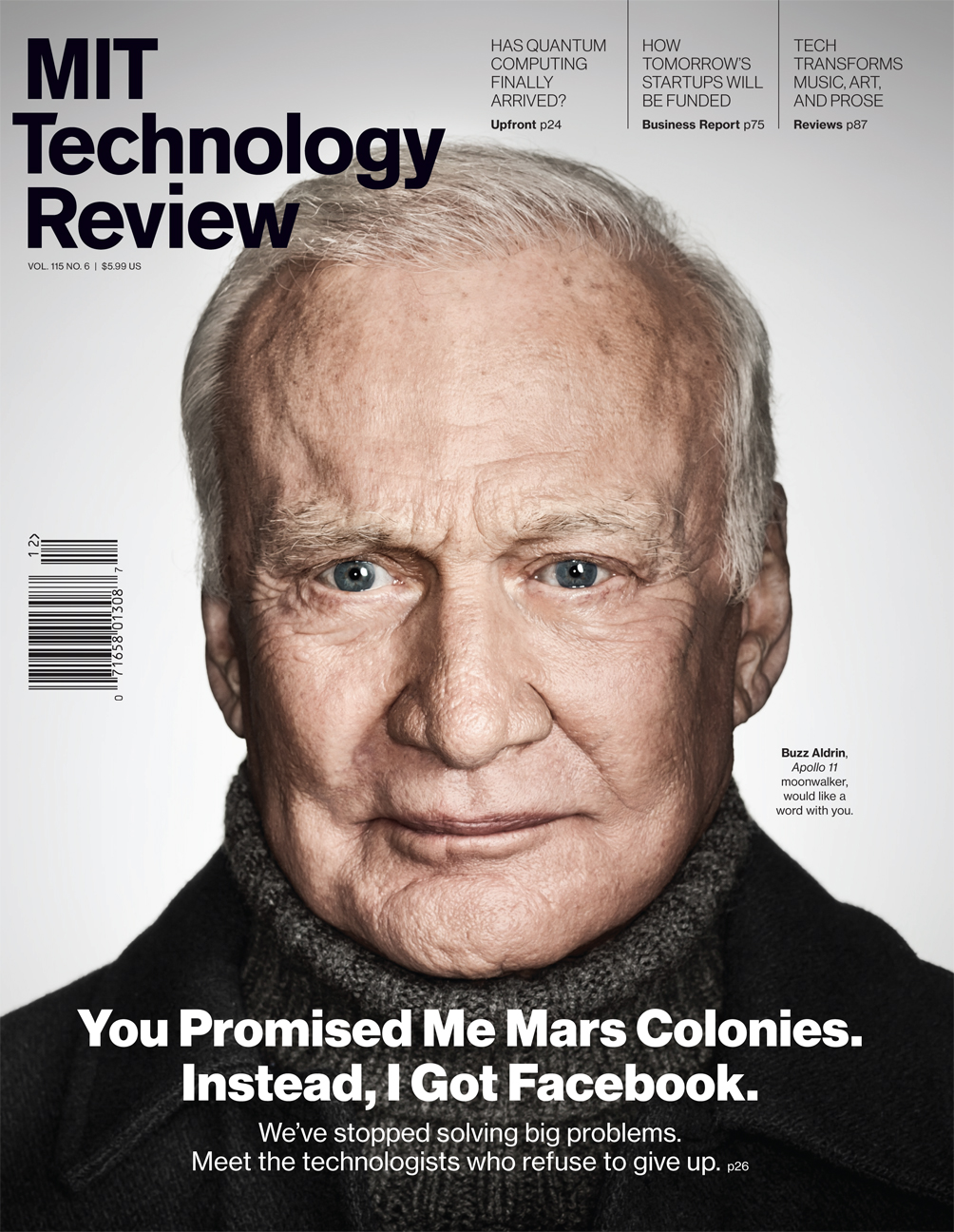Saturday, January 19, 2013
how can this man give us his flesh to eat?
By
CNu
at
January 19, 2013
0
comments
![]()
Labels: entheogenesis , eucharist
the tabernacle
By
CNu
at
January 19, 2013
0
comments
![]()
Labels: eucharist
the ciborium - oddly shaped "chalice" for the host
By
CNu
at
January 19, 2013
1 comments
![]()
Labels: eucharist
the eucharist
By
CNu
at
January 19, 2013
0
comments
![]()
Labels: alkahest , entheogenesis
reliquaries...,
By
CNu
at
January 19, 2013
0
comments
![]()
Labels: magical thinking
shameless crumb-hustling by the csmonitor...,
By
CNu
at
January 19, 2013
4
comments
![]()
Labels: cognitive infiltration
Friday, January 18, 2013
the bad man...,
By
CNu
at
January 18, 2013
3
comments
![]()
Labels: killer-ape , psychopathocracy , What IT DO Shawty...
a tale of two cities...,
- The percentage of unemployed New Yorkers reporting difficulty soared from 41% in 2011 to 54% in 2012. To make matters worse, the city’s unemployment rate continues to trump the national average.
- As of last November, the city’s unemployment rate was 8.8% (approximately 351,000 people), compared to 7.8% (approximately 12.2 million people) in the country as a whole.
- In fact, the report adds, three years after economists declared the end of the Great Recession in 2009, unemployment rates in the city have yet to recede to pre-recession levels. Participation in government food assistance programs continues to rise, and demand for emergency food programs continues to intensify.
By
CNu
at
January 18, 2013
2
comments
![]()
Labels: Collapse Casualties , contraction , What IT DO Shawty...
what the labor pool collapse means
By
CNu
at
January 18, 2013
7
comments
![]()
Labels: Collapse Casualties , contraction
Thursday, January 17, 2013
how much can kids learn by themselves?
By
CNu
at
January 17, 2013
1 comments
![]()
Labels: People Centric Leadership , Possibilities
Barriers to Better K-12 Math Education: Poverty and the Inadequate Undergraduate Education of Prospective K-12 Teachers
By
CNu
at
January 17, 2013
2
comments
![]()
Labels: edumackation
Do We Learn All the Math We Need For Ordinary Life Before 5th Grade?
By
CNu
at
January 17, 2013
11
comments
![]()
Labels: edumackation
Wednesday, January 16, 2013
is the indispensable cognitive object not so indispensable after all?
By
CNu
at
January 16, 2013
82
comments
![]()
Labels: tactical evolution , What Now?
Tuesday, January 15, 2013
collective security club membership certification?
 |
| Excerpted from "The World Until Yesterday" |
By
CNu
at
January 15, 2013
39
comments
![]()
Labels: cognitive infiltration , magical thinking
beijing hardens subways for nuclear attack
By
CNu
at
January 15, 2013
13
comments
![]()
Labels: weather report , WW-III
why is china stockpiling rice and other commodities?
United Nations agricultural experts are reporting confusion, after figures show that China imported 2.6 million tons of rice in 2012, substantially more than a four-fold increase over the 575,000 tons imported in 2011. The confusion stems from the fact that there is no obvious reason for vastly increased imports, since there has been no rice shortage in China. The speculation is that Chinese importers are taking advantage of low international prices, but all that means is that China’s own vast supplies of domestically grown rice are being stockpiled. Why would China suddenly be stockpiling millions of tons of rice for no apparent reason? Perhaps it’s related to China’s aggressive military buildup and war preparations in the Pacific and in central Asia.
At Qingdao Port, home to one of China’s largest iron ore terminals, hundreds of mounds of iron ore, each as tall as a three-storey building, spill over into an area signposted “grains storage” and almost to the street.Several months ago, at least one analyst speculated that a commodities buying spree involving 300,000 tons of metals in another Chinese province was motivated by an attempt to keep local smelters running, thereby ensuring continued tax revenues to government. But that doesn’t explain the rice-buying.
Further south, some bonded warehouses in Shanghai are using carparks to store swollen copper stockpiles – another unusual phenomenon that bodes ill for global metal prices and raises questions about China’s ability to sustain its economic growth as the rest of the world falters.
What we do know is that the world may be headed – led by the United States – toward a period of significant inflation if sovereign debt crises lead to additional “quantitative easing” and other expansions of the monetary supply.
In other words, China may be hedging its bets. Better to buy commodities than U.S. Treasuries that may ultimately be worth pennies on the dollar.
By
CNu
at
January 15, 2013
0
comments
![]()
Labels: weather report , WW-III
Monday, January 14, 2013
the world until yesterday
By
CNu
at
January 14, 2013
26
comments
![]()
Labels: de-evolution , History's Mysteries
the ghost in the machine?
By
CNu
at
January 14, 2013
2
comments
![]()
Labels: macrobiology , What IT DO Shawty...
Sunday, January 13, 2013
the secret history of the gun control agenda in america
take careful note of the racist California legislature aimed at keeping the black people disarmed and powerless Black people have begged, prayed, petitioned, demonstrated, and everything else to get the racist power structure of America to right the wrongs which have historically been perpetuated against black people The time has come for black people to arm themselves against this terror before it is too late.
By
CNu
at
January 13, 2013
331
comments
![]()
Labels: A Kneegrow Said It , Living Memory , The Hardline
two different worlds we live in: lawfulness and perceived police misconduct
By
CNu
at
January 13, 2013
0
comments
![]()
Labels: accountability , Living Memory , roots
what if? - REALLY, "WHAT IF?"
By
CNu
at
January 13, 2013
0
comments
![]()
Labels: Obamamandian Imperative , Peak Capitalism , What Now?
Saturday, January 12, 2013
extreme weather grows in frequency and intensity around the world
 |
| snow blankets Jerusalem |
By
CNu
at
January 12, 2013
36
comments
![]()
Labels: weather report
sanity is the ability to live within the laws of nature
By
CNu
at
January 12, 2013
2
comments
![]()
Labels: weather report
ocean currents and sea ice
By
CNu
at
January 12, 2013
0
comments
![]()
Labels: weather report
Friday, January 11, 2013
on the deep-state politics of legalization...,
By
CNu
at
January 11, 2013
2
comments
![]()
Labels: Deep State , legalization
Chipocalypse Now - I Love The Smell Of Deportations In The Morning
sky | Donald Trump has signalled his intention to send troops to Chicago to ramp up the deportation of illegal immigrants - by posting a...

-
theatlantic | The Ku Klux Klan, Ronald Reagan, and, for most of its history, the NRA all worked to control guns. The Founding Fathers...
-
NYTimes | The United States attorney in Manhattan is merging the two units in his office that prosecute terrorism and international narcot...
-
Wired Magazine sez - Biologists on the Verge of Creating New Form of Life ; What most researchers agree on is that the very first functionin...


















